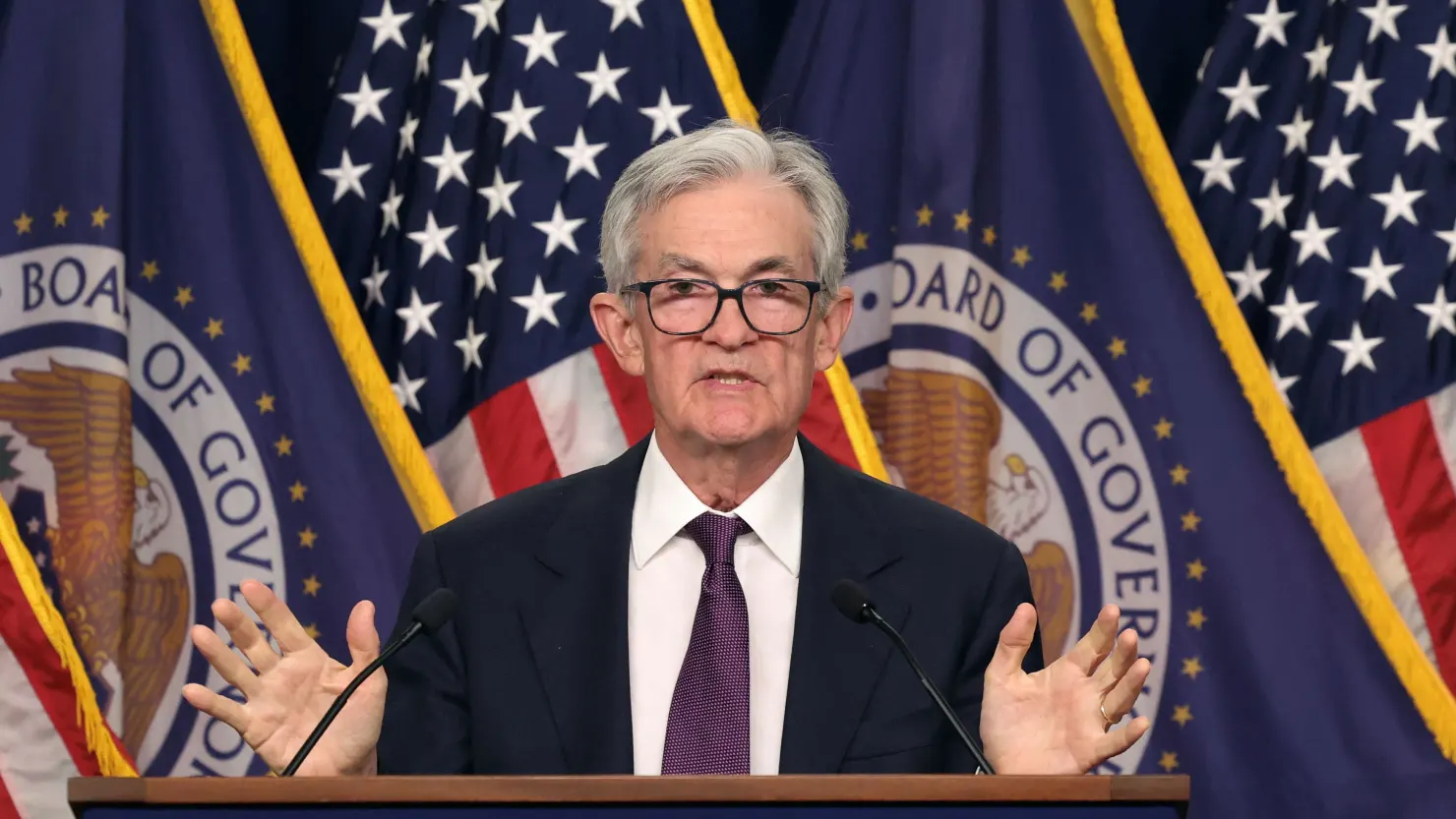The U.S. Federal Reserve (Fed) unsettled global markets on Wednesday by raising its inflation outlook and signaling fewer rate cuts in 2025 than previously forecast. Fed Chair Jerome Powell indicated inflation has been “moving sideways” this year and suggested only two rate cuts in 2025, down from the four anticipated in September.
The Fed’s stance has implications for global monetary policy, particularly as a stronger U.S. dollar could pressure central banks worldwide to reassess their easing strategies amid economic uncertainty.
Asia: Currency Pressure and Divergent Strategies
The Fed’s cautious outlook sent shockwaves across Asia’s financial markets, with regional currencies losing ground against the U.S. dollar.
- Japanese Yen: The yen weakened by 0.74%, hitting a one-month low of 155.94 against the dollar. The Bank of Japan (BOJ) maintained its benchmark interest rate at 0.25% during its latest meeting, with board member Naoki Tamura dissenting in favor of a 25-basis-point hike. Analysts suggest that continued dollar strength could exacerbate yen weakness, posing challenges for the BOJ’s inflation goals.
- South Korean Won and Indian Rupee: The South Korean won neared its weakest level since March 2009, while the Indian rupee plunged to a record low, breaching the 85 mark against the dollar. The Reserve Bank of India (RBI) is under pressure to cut rates at its February meeting, but the rupee’s depreciation could stoke inflation and complicate the central bank’s policy decisions.
- People’s Bank of China (PBOC): China’s central bank plans to shift its monetary policy stance to “moderately loose” in 2025, a move not seen since the 2008 global financial crisis. While the Fed’s revised outlook may not directly influence the PBOC’s plans, it could increase pressure on the yuan, particularly as China navigates a slowing economy.
Europe: Muted Impact but Emerging Challenges
European markets were less volatile than their Asian counterparts, though currencies showed modest gains against the dollar.
- European Central Bank (ECB): The ECB recently enacted its fourth rate cut of the year, reducing rates by 25 basis points and lowering inflation forecasts. Analysts expect further cuts in 2025, with money markets predicting a drop in the key ECB rate to 1.75% by October, down from 3%.
- Swiss National Bank (SNB): Switzerland’s central bank made a larger-than-expected 50-basis-point rate cut last week, lowering its main rate to 0.5%. A strengthening dollar and weakening Swiss franc could prompt the SNB to consider a hawkish pivot. SNB Chair Martin Schlegel hinted at the possibility of negative rates to ensure inflation stability.
- Bank of England (BOE): The BOE held rates steady at its final 2024 meeting, though policymakers remained divided. Markets are pricing in 50 basis points of rate cuts next year, though sterling’s potential weakness against the dollar may slow the pace of easing.
Implications for Emerging Markets
Emerging markets face greater exposure to the Fed’s rate decisions due to their reliance on foreign investment and dollar-denominated debt. Currency depreciation and inflation risks are particularly acute in economies like India and South Korea, where central banks must balance growth concerns with currency stabilization.
The Fed’s updated rate outlook underscores the interconnectedness of global monetary policy. While central banks strive for independence, the strength of the U.S. dollar and its ripple effects on inflation, trade, and economic stability make divergence increasingly challenging. As policymakers across the globe weigh their next moves, the broader implications of the Fed’s cautious stance will remain a critical factor shaping monetary decisions in 2025.




